It looks like GM may take a dirt nap, whether or not the US Government steps in. It may actually be in GM's better interest to auction off the trademarks of Chevrolet and Cadillac, and use that money to restructure under the GM banner.
There is tragedy, beyond the obvious ones of thousands upon thousands of displaced US manufacturing workers. GM is building some of the best cars they have ever made, some of which are more desirable than their competition.
This was not always the case with GM products, hence GM's dilemma.
Opels were marketed as being backed by the worldwide resources of General Motors. Most of those who owned Opels will recall them as being economical, fun-to-drive, and well made. Unfortunately, things wore out, parts and service were as nonexistent as if Opel were a defunct British manufacturer, and Opels became home automotive mechanics courses, regardless of the owner's aptitude or liking for grease.
Buick was the dealer body accountable for Opel in North America. In a fit of pique which may have been caused by a Buick manager urinating in John DeLorean's Froot Loops, German Opels were whisked out of the country like Bin Laden's relatives. Small car resources were diverted to the execrable Monza, and Buick dealers found themselves selling the substandard Opel/Isuzu.
Not that anything is good at Buick now, nor has there been for the last twenty years. If a line of doddering J. B. Hunt and Swift semi-trucks is doddering down a flat Interstate at a speed under their marginal governed maxima, led by a GM product, it is invariably a Buick. Buicks are capable of top speed, but their owners are convinced that it is 48 miles per hour.
The Saturn Ion is a car that works well on paper, but on the road it sucks. Larger, heavier and more softly suspended than the SL it replaced, it appears to have been engineered by ex-Trabant people heavily dosed with Ambien. Fit and finish, questionable styling, and the plastic body all come from the Trabant tradition. Mercifully, the Ion has been discharged.
GM has had issues with plastic cars in the past. The Pontiac Fiero was plastic. In its favor, the Fiero was handsomely styled and would get out of its own way on the three days per quarter when the V6 models ran. The only major issue was that most major United States insurance carriers had to add the term "spontaneous combustion" to their claims forms. Fiero Flambe ws a big part of the American motoring diet in the late eighties and early nineties.
The General thought so highly of the Fiero experience that they saw fit to recreate it in a Minivan, the Pontiac Trans Sport/Chevrolet Lumina APV. This van, like nothing else, screams of an individual who hangs out in front of a middle school wearing nothing but a raincoat and filling his digital camera with images of 14-year-old boys. That is, of course, providing that a dusty bit of headliner has not dislodged and wrapped itself about the driver's ears.
The headliner bonding process came about concurrently with the Cadillac Cimarron. The recipe was simple: Take one Chevy Cavalier, add Cadillac badges. Advertise as "driver's car," comparing Cimarron to something like a BMW or a Saab that an enthusiast might buy on purpose. Legions of American aficionados laughed themselves incontinent.
This was in an era when the General built all kinds of interesting-life cars designed for fuel economy.
Diesel Chevettes were so slow that the states of Ohio and Pennsylvania required an orange triangle on the back to avert them being rear-ended by the Amish. Larger cars powered by the Olds Diesel 35o were known for having engine failure while leaving the assembly line. And yes, there were Cadillacs with diesel engines. Talk about your "Standard of the World."
At least the Diesel 350 was better that the Cadillac 4100 V8-6-4, which attempted variable displacement before Katy Perry was even born. The only one that passed through my hands worked seamlessly. I was sixteen years old at the time, with a lead prosthetic where my right foot should have been. It never moved off "8" on the cheddary yellow display that told me how many cylinders were operating.
It brings us to the final nail in GM's coffin, the straw that breaks GM's back, the absolute worst car ever sold in North America, the Chevrolet Vega. There was nothing which could fail, fall off, rust, break, or generally act ornery that didn't.
The engines would overheat. Being a linerless, all-aluminum engine, after a catastrophic cooling failure, the head and the block mated like a pair of asymetrical Eggo waffles. If the engine was among the half which did not go Chernobyl in the first two years, it smoked. And it smoked. And it smoked some more.
A comparison with the Marlboro Man is inappropriate. The Marlboro Man had at least one horse.
There was a benefit to the smoke. The oil particles slowed rust on the rear third of the car long enough to get home and hit it with some more Bondo. To express this cars propensity for rusting would be incomplete without stating that it rusted on the showroom floor in Atlanta. Fiats had the good grace to get home before they started rusting.
Should the owner be among those fortunate enough to have his Vega survive long enough to require a clutch replacement, there was another little problem. The bellhousing was made of such soft metal that when the transmission was reinstalled, the bolts would strip the bellhousing.
A hundred miles later, the happy Vega owner would be retrieving his transmission from the middle of the road, where it fell out.
The vinyl in Vega interiors has been rumored to cause birth defects three generations later. The cardboard it was stapled to came from a cereal box. The outside door handles would break at will. Gearshifts and trim came adrift in the driver's hand.
Heck, the glove box latch broke the second time someone ever used it. And that describes a good Vega.
So with cars like this, how did GM manage to survive this long? The answer is easy.
Their domestic competition was worse.
Subscribe to:
Post Comments (Atom)
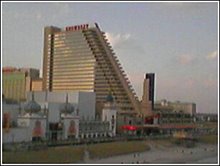
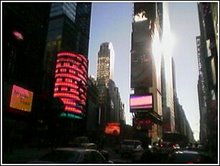
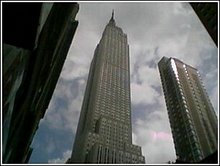
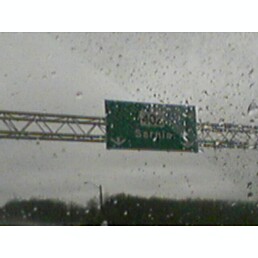

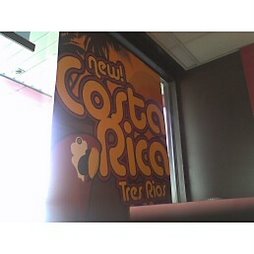

No comments:
Post a Comment